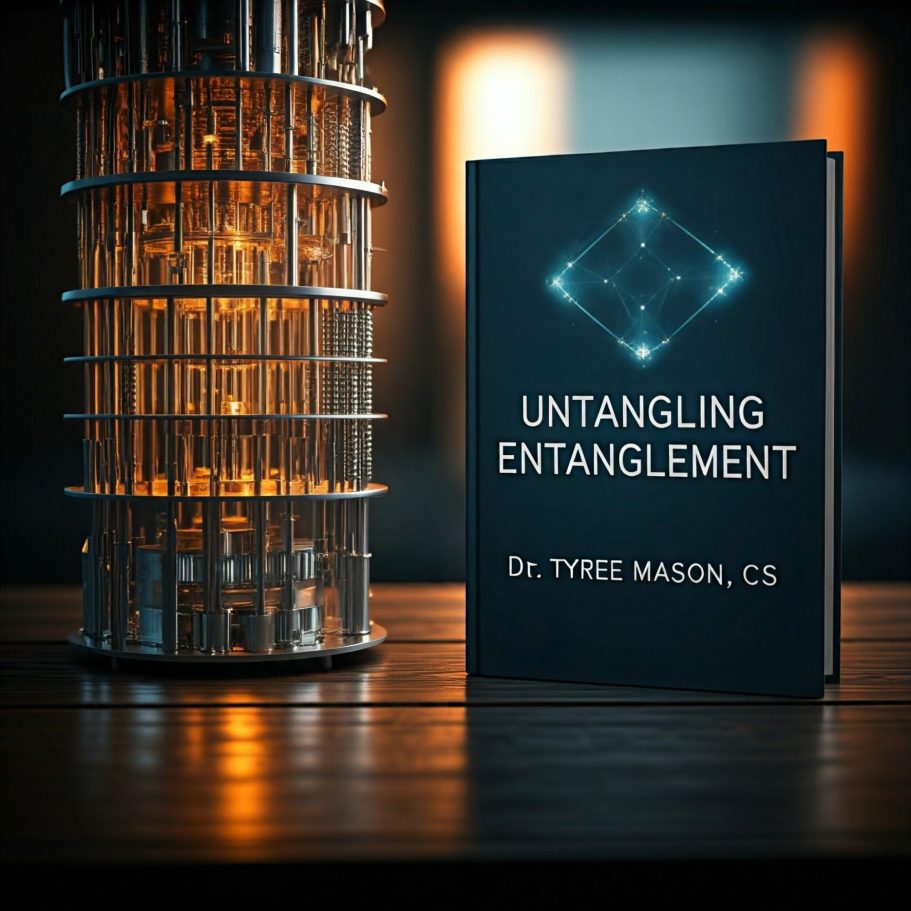Blodwen Banana's Big Heart
Blodwen Banana’s Big Heart is a beautifully crafted tale that blends heartwarming adventure with an inspiring message of kindness, courage, and inclusion. Perfect for young readers, this story not only celebrates the power of empathy but also encourages children with physical and neurological challenges to embrace their unique strengths. Blodwen’s journey to help others in a high-tech lab is both fun and deeply touching, making this an unforgettable read for all ages.

Lira e Liberty: Song of Two Nations
Lira e Liberty: The Song of Two Nations is a masterful Opera that balances humor and depth, exploring the intersection of global finance, cultural preservation, and digital revolution. Set against the backdrop of the Royal Palace of Caserta and the Second Bank of the United States, the opera weaves together the personal struggles of bankers and citizens alike. With stunning performances, particularly in duets like "Otto Mesi di Tributo," the opera reflects the tension between pragmatism and tradition. The orchestra mirrors these themes, using strings, woodwinds, and brass to amplify the emotions of the characters. Its comedic ensemble pieces, such as "Soldi Virtuali," inject sharp wit, while the grand finale, "Rinascita e Speranza," unites both nations in a triumphant conclusion. This opera transcends its focus on finance to offer a profound meditation on resilience, adaptation, and hope.

ENTANGLEMENT
Symphony For Strings
Introducing Entanglement: A Symphony of Love Beyond Time and War
Experience the powerful resonance of love and longing in Entanglement, a symphony inspired by the unbreakable bond between two lovers, Jacob and Jophiel, set against the backdrop of war. Much like the concept of Quantum Entanglement, their connection transcends the vast distances and forces attempting to pull them apart. Through four emotionally charged movements, this symphony tells their story—of yearning, of communication through letters, of wrestling with external forces that try to keep them apart, and of their ultimate reunion. As Jacob returns from the battlefield, Jophiel honors his love by naming a village, Melech Menatzeach (Victorious King), a testament to their eternal bond. Each string instrument—violin, cello, and double bass—embodies their struggle, passion, and triumph in this hauntingly beautiful and timeless performance. Entanglement captures the essence of love's ability to defy all odds, fusing music and emotion into an unforgettable experience.

Heaven's Wind: The Course of Rebirth
Art Link: Promotional Video
Experience the transformative power of nature and civilization in Heaven's Wind: The Course of Rebirth, a classical composition that mirrors humanity's rise and fall through evocative music and storytelling. Set to the lush sounds of flute, oboe, and bassoon, this masterpiece follows Emmanuel, the Tiller of the Earth, as he journeys through civilization's stages—with Mary, a mystical shapeshifter who embodies the spirit of nature.
Each movement of Heaven's Wind is a reflection of Thomas Cole's The Course of Empire, transporting the audience through the untamed origins, flourishing heights, and inevitable decline of human achievement. Mary's powerful transformations—from a golden eagle soaring above empires to a vibrant snake symbolizing renewal—speak to the deep connection between humankind and the environment. Her presence emphasizes that as climate change impacts our world, humanity must learn to cultivate harmony with nature.
From the raw chaos of the early world to the haunting beauty of a fallen empire, this piece offers a musical journey through time, reminding us of nature’s resilience and our shared responsibility in the cycle of rebirth. Each note carries the weight of history and the promise of renewal, making Heaven's Wind a timely and moving reflection on environmental stewardship and human potential.
Untangling Entanglement
Untangling Entanglement: Isolating and Forming Quantum States That Evolve Independently is a groundbreaking exploration into the complexities of quantum entanglement, deftly navigating the paradox of interdependent quantum states while proposing innovative methodologies for their isolation and independent evolution. Dr. Tyree Mason, CS presents a comprehensive analysis that seamlessly blends theoretical foundations with practical applications, making this work invaluable for physicists and technologists alike. With clarity and depth, Dr. Mason dissects the challenges of decoherence and systemic interference, offering fresh insights that paves the way for advancements in quantum computing and cryptography. This thought-provoking study not only challenges conventional understanding but also charts a course for the future of quantum technologies, ultimately revealing the profound implications of untangling the very fabric of reality itself. An essential read for anyone captivated by the mysteries of the quantum world, this book invites its readers to engage with the frontiers of scientific innovation.
Precision Of War:
November 2024 Release
Chapter Review
Reparations for Native Americans and Legal Complexities:
In Precision of War, one chapter dives deeply into the issue of reparations for Native Americans ("Blacks"/Hebrews/Native Americans/12 Tribes of Israel), tracing legal complexities that have hindered reparative efforts. A key focus of the chapter is the recent setback in California's legislative session, where a much-anticipated reparations bill failed to pass on the final day despite urgent protests from activists and communities. The failure of this bill highlights the broader legal challenges involved, one of the major reasons being the long-standing treaties that Native American tribes have with the U.S. government.
The Standing Treaties
This chapter explores how these treaties, many of which remain in effect, serve as legal instruments that complicate modern reparations. While these treaties were originally designed to provide land, resources, and protections to Native American tribes, they have also been used to argue against the kind of reparations sought today. By recognizing these treaties, the government avoids creating new obligations that might interfere with existing agreements.
Here are 10 Native American treaties still in effect with the U.S. government:
1. Treaty of Fort Laramie (1868) – With the Sioux, recognizing their rights to the Black Hills.
2. Treaty of Canandaigua (1794) – With the Iroquois Confederacy, reaffirming land rights.
3. Treaty of New Echota (1835) – With the Cherokee, leading to the Trail of Tears.
4. Treaty of Medicine Lodge (1867) – With the Comanche, Kiowa, and others, creating reservations.
5. Treaty of Greenville (1795) – With various tribes in Ohio, ceding large tracts of land.
6. Treaty of Point Elliott (1855) – With the Duwamish, Suquamish, and others in Washington.
7. Treaty of Dancing Rabbit Creek (1830) – With the Choctaw, leading to relocation.
8. Treaty of Guadalupe Hidalgo (1848) – With Mexico, affecting Native peoples in the Southwest.
9. Treaty of St. Louis (1824) – With the Osage Nation, ceding Missouri lands.
10. Treaty of Traverse des Sioux (1851) – With the Dakota, ceding Minnesota lands.
These treaties, although they established legal frameworks for Native American rights, are also a reminder of how historical obligations clash with modern legislative efforts for reparations.
Critical Race Theory (CRT) and the Misdirection of Blame
The chapter further discusses Critical Race Theory (CRT) in relation to the reparations debate. Contrary to the popular belief that public opposition, especially from conservative groups, is the primary force keeping CRT out of schools, the book presents an alternative viewpoint. It suggests that institutional inertia and deeper political forces, not just vocal opposition, are responsible for the barriers to CRT’s inclusion in the curriculum. The discussion in this chapter challenges readers to reconsider the narrative that grassroots protests alone are preventing CRT from being taught and points to a more systemic set of influences behind its exclusion.
Overall, the chapter presents a nuanced understanding of the legal and political factors that influence reparations for Native Americans and highlights how misconceptions about educational policies contribute to the current discourse on racial justice.

House of Mason Publishing Copyright. All rights reserved ∞
We need your consent to load the translations
We use a third-party service to translate the website content that may collect data about your activity. Please review the details in the privacy policy and accept the service to view the translations.


